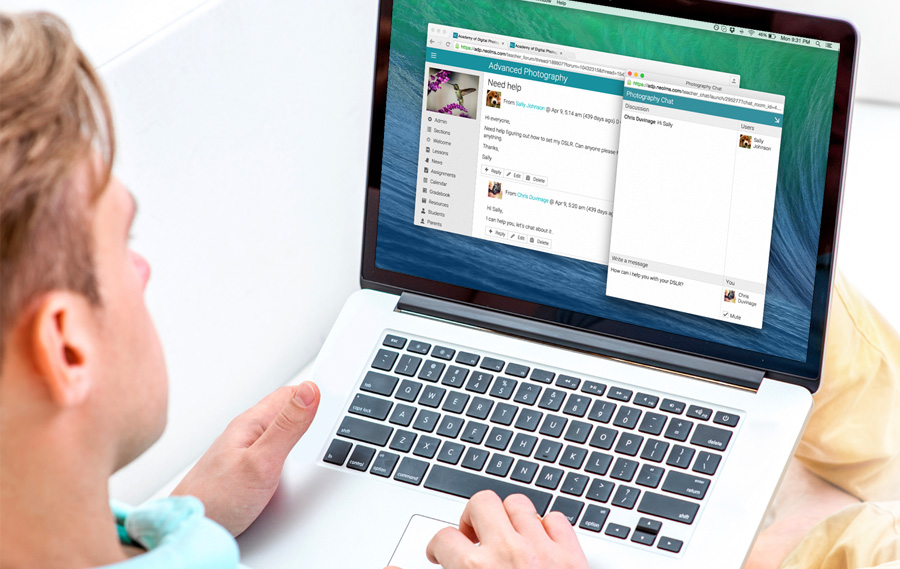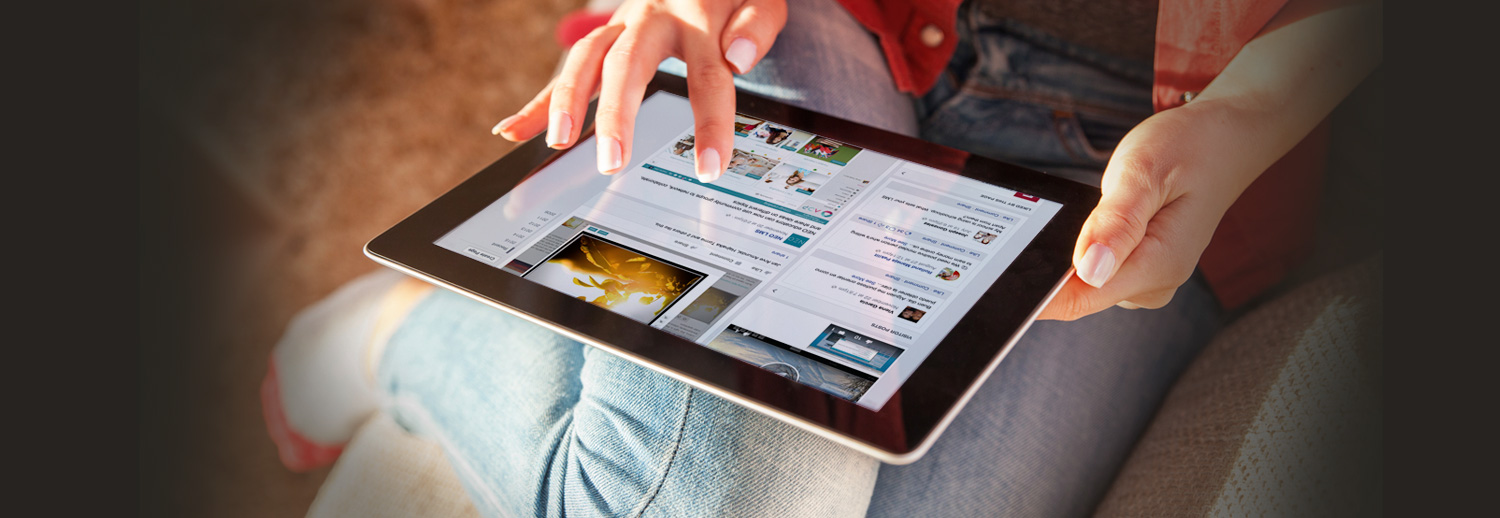There is this argument on whether social media and learning can coexist, because really, how can the noisy environment of social media become an effective tool for learning?

Call it cliché but the first app we usually open on our devices is always Facebook. A status update here, share a post there, Facebook basically owns the majority of our social media life. Everyone who owns an internet-capable device has access to Facebook. And let's not forget about Twitter where mentions, trending topics and tweets live; the selfie world of Instagram; and of course, the network-building LinkedIn.
Nowadays it’s common for teachers to create a Facebook group where they pool all their class resources and make that group an quasi-LMS. That Facebook group becomes a learning platform for the class. In a strict e-learning sense, that’s not how a learning platform should be. And if I was a student in that class, I’d protest for not using an LMS, because seriously why would you use Facebook as a learning platform? In a loose sense, social media can become a spark for change. It all starts by simply uploading the learning resources to a teacher-created and administered Facebook group. But that’s just the start.
There are arguments, however, that social media can be quite detrimental to learning. And it's true partially because we see the noise generated by the social landscape - there goes our friends’ status updates, our favorite celebrities’ tweets, and all sorts of non-academic stuff.
But it's not all about that. Social media, in a loose sense, is another avenue for education technology. The Facebookers, the Twitterers, the Instagramers, the Pinteresters - they’re not just sharing what they do. Well yes, most of the social media frenzy is about sharing about ourselves and whatever is currently trending and happening around, but why not tap on that idea? According to social media expert Jane Hart, learning through social media as opposed to the usual self-paced style, supports conversation and discussion and learning from one another. Learning, she added, can’t just be measured in an organizational context. I couldn’t agree more with her of course.
Traditional teachers and students are obsessed on the learning metrics like test scores, course completions, following the course syllabus, etc. E-learning through social media changes that. We need to think of new ways of measuring student performance. The social media environment provides a good area to assess how students perform. In order for students to perform at their best, they have to feel relaxed and at ease and social media provides just that ease because students are digital natives. They are more engaged and interactive when they are socialized.
Let's take for example learning platforms. When learning management systems started to become the norm for schools, they had little or no social media integration. Now, LMSs have to feature, at least, basic social networking, more powerful collaboration tools, and integrations with the major social network platforms. LMSs now feature blogs, wikis, voice threads and discussion forums to facilitate social learning.
Furthermore, learning platforms are starting to embrace the social media feel, designing their UI/UX to resemble social networks, along with their features such as news feeds, adding friends, a chat feature, and the ability to post status updates. Students are more inclined to engage with learning platforms when they resemble their favorite social networks.

The main idea is that learning doesn’t just have to “stick to the basics”. Educational technology doesn't have to stick to purely using an LMS alone. Teachers should leverage the advantages that social media and social learning have in order to better reach their students, keep them engaged, and ultimately improve their results.
As always, I encourage you to post your feedback and suggestions so we can improve our future posts. Until next time...







